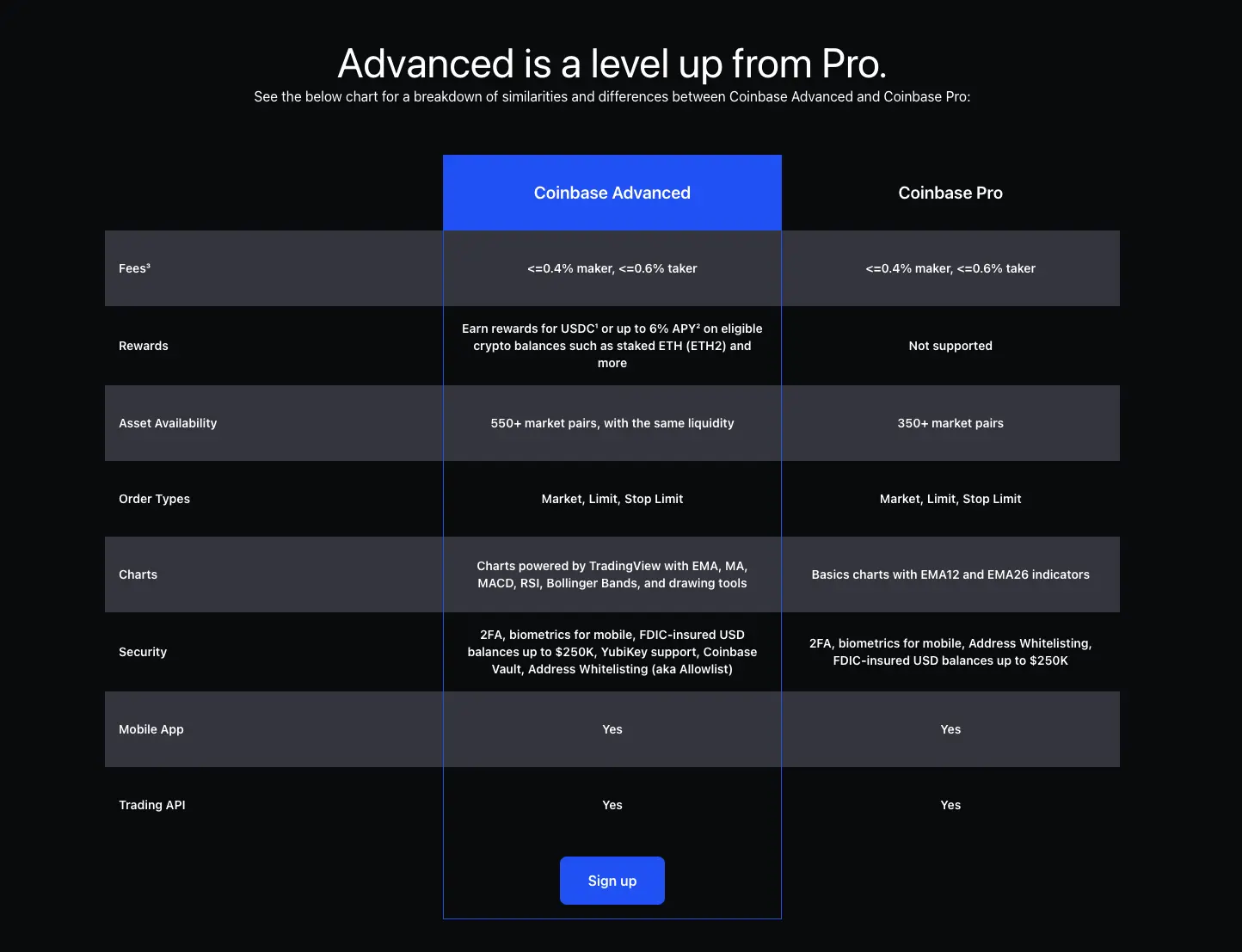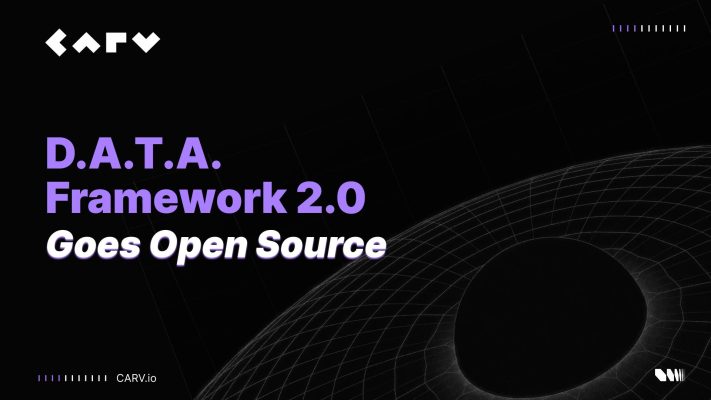Table of contents
We all know that crypto trading is fun, and games bring some profits, especially when done right. You are not required to pay tremendous fees to a broker or a crypto exchange.
However, no one likes to pay increased trading fees, especially on Coinbase, one of the biggest and most well-known crypto exchanges. This article discusses various ways to avoid or minimize Coinbase fees for buying, selling, and other network fees.
So, let’s find out how to avoid paying Coinbase fees and keep as much profit as possible!
What is Coinbase
Launched in 2012 by Brian Amstrong and Fred Ehrsam, Coinbase is a San Francisco-based crypto exchange that offers over 350 trading pairs and is available in over 100 countries, including the US, Canada, the United Kingdom, and almost all countries from Europe.
Crypto investors usually choose Coinbase due to its user-friendly and beginner-friendly interface. Yet, more experienced traders could also switch to the verified Coinbase Pro account, known also as the Coinbase Advanced Trade.
Furthermore, Coinbase has developed multiple security features. Security is one of the most critical aspects crypto investors consider when choosing a crypto project or company, so Coinbase is among the top options for every crypto enthusiast.
In May 2018, Coinbase launched Coinbase Pro, an advanced trading platform formerly known as GDAX. Coinbase Pro was designed for experienced crypto traders seeking a more complex platform to fulfill their crypto trading needs.
How to Avoid Paying Coinbase Fees?
Since crypto traders see Coinbase fees as high, many investors have tried to find ways to avoid paying Coinbase fees or minimize them.
However, it would help if you remembered that the golden rule when buying and selling cryptos is to use the Coinbase Pro account, later known as Coinbase Advanced Trade, as per 2022’s update.
Used by many experienced traders, the Coinbase Pro account offers many other helpful tools for trading quickly without hassle.
Also, depending on the user’s region, the size of the order, the market conditions, the payment method used, and the crypto they buy or sell, they can pay a flat fee or a variable percentage of the crypto they trade.
Thus, let’s see what Coinbase users can do to keep as much crypto as possible when trading on the crypto exchange and avoid paying transfer or withdrawal fees.
Switch to Coinbase Advanced Trade
In June 2022, Coinbase announced that it would migrate the Coinbase Pro accounts to Coinbase Advanced Trade, a platform developed on the main Coinbase website.
Coinbase Advanced Trade would be highly similar to Coinbase Pro, the main difference being that Coinbase Advanced Trade users would not be required to create a different account besides their regular Coinbase account.
Instead, Coinbase users would use the same account for Coinbase Simple Trade and Coinbase Advanced Trade.
Yet, the advanced account offers access to detailed price charts, depth charts, and order books for tracking and analyzing your trading performance.
The most straightforward option to avoid (or reduce) Coinbase fees is to switch to Coinbase Advanced Trade. If you’re trading regularly, this will help you save money and be kinder to your bank account in the long term.
Just like Coinbase Pro, Coinbase Advanced Trade has different fees.
Coinbase Simple Trade vs Coinbase Advanced Trade Fees
As mentioned, Coinbase Advanced Trade has fees ranging from 0% to 0.6% for the taker and 0.4% for the maker on spot fees. For the stable pairs, the ratio is 0% maker and 0.001% taker.
Coinbase Simple Trade, on the other hand, can have various fees, and they usually vary based on factors such as the payment method, the user’s region, the size of the order, or the market conditions.
Thus, if you place a bigger order and the market conditions do not benefit you, you may incur a surprising transaction fee.
Use Bank Transfers Instead of Credit or Debit Card
As we previously mentioned, Coinbase fees depend on the payment method used. So, it may be more profitable to use bank transfer funds instead of a debit or credit card.
For instance, in the UK and Europe, the maximum fee for a bank transfer is €0.15, while in the US, the cost reaches 1.49%.
On the other hand, if you use a debit or credit card to complete Coinbase transactions, you may have to pay fees of 3.99% of the order, regardless of your region.
Now, imagine that you want to purchase $10,000 worth of BTC. If you complete this transaction using a bank transfer, you will pay a €0.15 ($0.16) fee if you are based in the UK or Europe, and you will end up with $9,999.86 worth of BTC in your account.
If you are a US citizen, you will be charged a $149 fee, thus keeping $9,851 worth of Bitcoin. However, if you want to buy Bitcoin with a credit or debit card, you must pay $399 in buying fees, leaving you with only $9,601 worth of BTC.
The difference between €0.15, 1.49%, and 3.99% may not seem that big when you are trading small amounts of crypto, but if you decide to purchase or sell more significant amounts (like the example we have just discussed), you may want to complete the transactions through bank transfers.
While a 3.99% fee may not seem that worrying, imagine that you purchase a digital currency that will surge shortly, increasing its price by x1,000. Would 3.99% seem much at that moment?
We Also Recommend: How Long Does Coinbase Verification Take
The Coinbase Fees
Another thing Coinbase is famous for is the fees it charges. However, instead of being famous for low fees, new investors believe that Coinbase fees are pretty high, and many look for the best ways to reduce these fees. But let’s see what fees the crypto exchange usually charges.
Transaction Fees
Coinbase charges fees based on a complex fee structure. Thus, depending on the user’s region, the size of the order, the market conditions, the payment method used, and the crypto they buy or sell, they can pay a flat fee or a variable percentage of the crypto they trade.
Usually, the transaction fees are displayed in the last step of any transaction and are usually paid from the total you aim to buy or sell. Thus, if you want to buy $100 worth of BTC and the transaction fee is $2, you will receive $98 worth of BTC when the transaction is completed.
On the other hand, if you want to sell $100 worth of BTC and the fee is $3, let’s say the receiver will transfer $97 worth of BTC to their account.
Staking Services Fees
It is widely known that Coinbase allows users to stake their digital assets on Coinbase Prime. Currently, crypto holders can use Coinbase to stake the following:
- Ethereum (ETH);
- Avalanche (AVAX);
- Ethereum Liquid Staking (LsETH);
- Solana (SOL);
- Tezos (XTZ);
- Cardano (ADA);
- Polkadot (DOT);
- Polygon (MATIC);
- Near Protocol (NEAR);
- Cosmos (ATOM);
- Kusama (KSM);
- Sui (SUI);
- Axelar (AXL);
- Aptos protocol (APT);
- Celo (CGLD).
Regarding staking fees, Coinbase has set different fees, ranging from 15% to 35%, depending on the cryptocurrency and whether the user is a Coinbase One member or has a basic account.
Coinbase Fee for Credit Cards
The Coinbase Card is a Visa debit card linked to your Coinbase account. It allows you to spend your cryptocurrency directly without incurring transaction fees. Furthermore, Coinbase Wallet currency conversions have a 2.49% conversion fee.
Besides, you may want to check the withdrawal fees when you plan to use the Coinbase Card at an ATM, as some operational fees might be applied to your transactions. Check these withdrawal fees before confirming the transactions.
Spread Fees
Coinbase charges a spread fee on crypto sales and purchases. The fee is usually calculated by considering market fluctuations, but it is usually around 0.5%. However, just like transaction fees, users should be aware that the spread fee is calculated by considering the size of the order, the payment method, and the market conditions.
Thus, while the fee may be around 0.5% most of the time, it strongly depends on other factors Coinbase considers when calculating it.
Trading Fees
Whether you’re looking to purchase cryptocurrency or sell cryptocurrency, and sell cryptocurrencies, keep in mind that Coinbase uses a maker-taker fee model for determining the trading fees, and the costs can be the following:
| Tier | Taker fee (bps) | Taker fee (%) | Maker fee (bps) | Maker fee (%) |
| $0 – $9,999 | 60bps | 0.6% | 40 bps | 0.4% |
| $10,000 – $49,999 | 40bps | 0.4% | 25 bps | 0.25% |
| $50,000 – $99,999 | 25bps | 0.25% | 15 bps | 0.15% |
| $100,000 – $999,999 | 20bps | 0.2% | 10 bps | 0.1% |
| $1,000,000 – $14,999,999 | 18bps | 0.18% | 8bps | 0.08% |
| $15,000,000 – $74,999,999 | 16bps | 0.16% | 6bps | 0.06% |
| $75,000,000 – $249,999,999 | 12bps | 0.12% | 3bps | 0.03% |
| $250,000,000 – $399,999,999 | 8bps | 0.08% | 0bps | 0% |
| $400,000,000+ | 5bps | 0.05% |
Coinbase Advanced Trade Fees

Just like Coinbase and Coinbase Pro fees used to differ, it is the same with Coinbase Simple Trade and Coinbase Advanced Trade. Thus, while Coinbase Simple Trade charges the fees mentioned earlier, Coinbase Advanced Trade has set other fees.
On Coinbase’s advanced trading platform, taker fees are never higher than 0.60%, and maker fees are never higher than 0.40%.
Maker Fees vs. Taker Fees
The main difference between the maker-taker fee model is related to how quickly an order gets a match. Thus, if you place an order that is matched almost immediately, you are a taker and pay the fees accordingly.
However, if you place a trading order that an existing one does not immediately match, you are a maker, and your order is placed on the order book. Once the order has a match, you can complete the transaction and must pay a maker fee.
FAQ
Why are Coinbase fees so high?
First, if we are talking about Coinbase’s fee structure, it is essential to note that in some cases, Coinbase calculates the fees by considering market conditions, a user’s region, payment methods, and the order size.
Thus, you may incur tremendous fees if you are “in the wrong place, at the wrong time” and want to trade a considerable amount of crypto.
Coinbase is one of the world’s most popular and widely used cryptocurrency exchanges, implying that the platform has a surprising trading volume. However, this also comes with higher costs, considering that Coinbase also considers market conditions when setting the fees.
Furthermore, Coinbase’s popularity and the fact that the company is based in the US make the crypto exchange a point of interest for the SEC.
Thus, Coinbase is subject to various SEC regulations, and the financial institution is well-known for its stringent rules. This means that Coinbase sets higher fees to pay the compliance costs required by the SEC.
One more thing crypto investors should consider is that Coinbase is popular for its beginner-friendly interface. A platform designed for beginners will allow users to buy, sell, and trade crypto through shorter trading processes without requiring traders to have extensive crypto trading knowledge.
Of course, easier trading processes come at a price, and that price can be seen in higher transaction fees.
Can you deposit on Coinbase without fees?
Usually, Coinbase does not apply deposit fees for crypto. However, if you want to add money to your account using fiat currencies, you may be required to pay specific fees, depending on the currency.
In Conclusion
While Coinbase is well-known for its security features and beginner-friendliness, the crypto exchange surprises crypto traders with high fees, so always keep an eye on the exchange rate. Coinbase uses various fee structures and models, which may confuse some crypto investors.
However, if you want to pay the cheapest fees or avoid Coinbase fees altogether, you can switch to Coinbase Advance Trade, Coinbase’s cryptocurrency trading platform designed for advanced users. Furthermore, you can use bank transfers instead of credit or debit cards.


